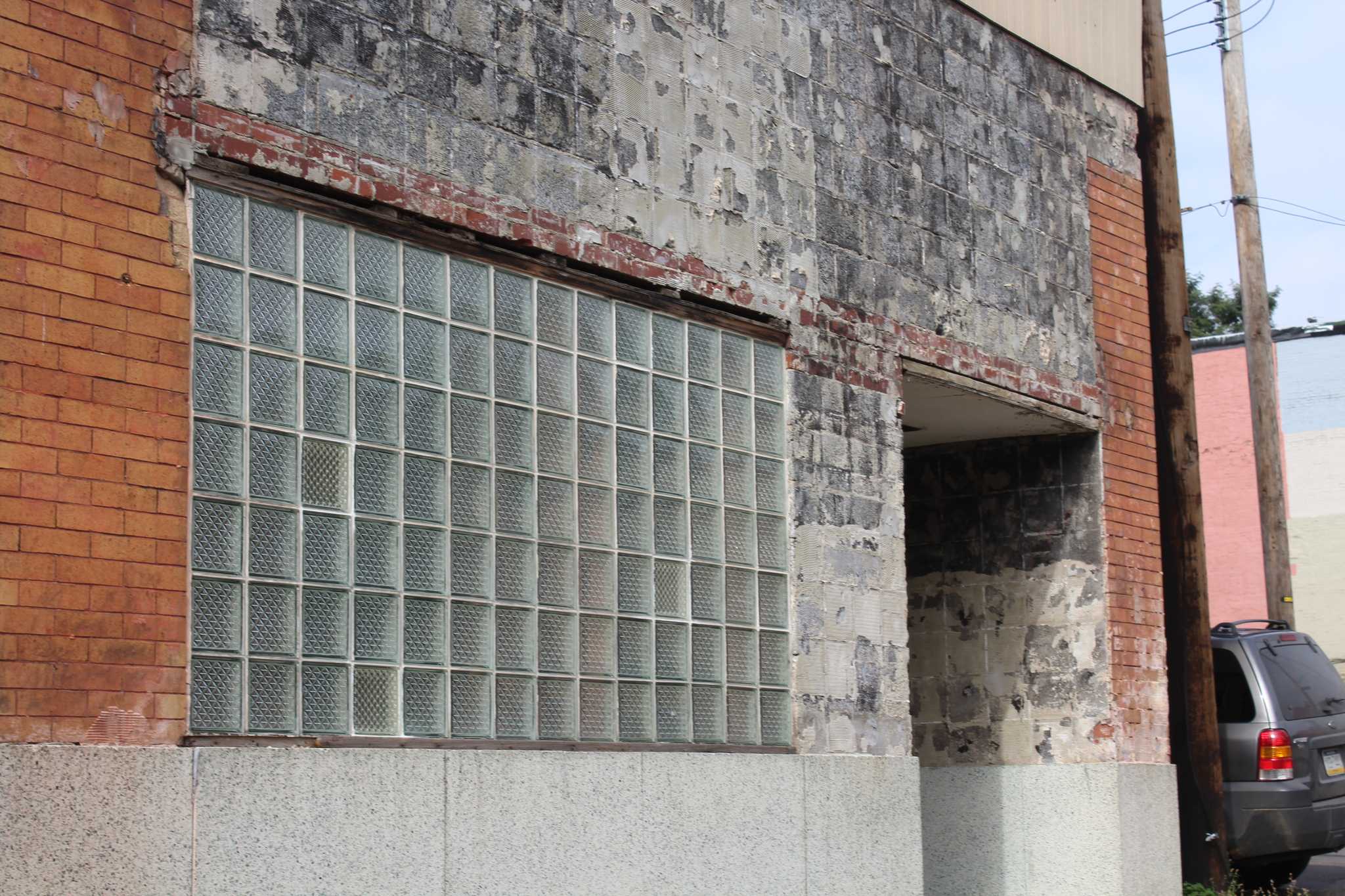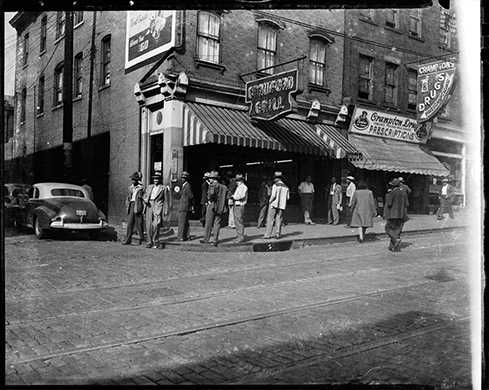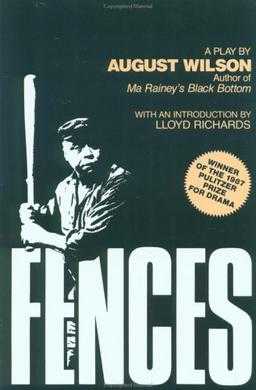Secret Pittsburgh
The Crawford Grill: Culture & Music in Pittsburgh
By Tia Balaji
Life is enigmatic, complex and unfathomable, and often there are events, people, places, and things that assist in framing and defining how we live it. The Crawford Grill is one of the areas which defined not only an art form but also rich culture, diversity and harmony. Crawford Grill was not just made of bricks and mortars, rather it was a “Spirit House”, a treasury of history and an ensemble of the souls of the men and women that filled its room. The Hill District is a historic black gathering of neighborhoods in the city of Pittsburgh. Beginning in the years preceding up to World War I, the Hill district was the cradle of the cultural expression of jazz, the epicenter of the black presence in the city, and the mecca for jazz and blues music. Pittsburgh’s Hill district once had a healthy jazz scene with the legendary venue, the Crawford Grill. It was an arcadia for jazz. Just saying “Wylie Avenue” made people react and make their eyes go big. Jazz and the blues are sibling genres in the musical world. Despite existing in an era of racial segregation, the Crawford Grill embraced customers of every ethnicity. Both African American and white musicians made their way to the Grill to play with African American musicians from around the nation, as their admiration and love for jazz music outdid racial prejudice. The neighborhood once was a breeding ground and produced an enviable collection of practitioners of jazz music.
Crawford Grill #1 was ruined in a fire accident in 1951 omitting only a burnt out shell. After that fire mishap, the tumults following the assassination of Dr. Martin Luther King Jr. on April 4th, 1968, had the single most significant impact on the decay of jazz in the Hill District’s nightlife. Both the Hill’s business foundation and social life endured a catastrophic tragedy that left the community shattered and secluded. Within days of Martin Luther King's murder in 1968 and the riots that supplanted were the inception of the end for the Grill and the Hill district. The Hill District’s business infrastructure was in extinction, which set in motion the concluding step of “white flight”; when a large population of white people migrated to modern and urbanized cities. To combat this, many city officials, in the name of "Urban renewal" and "Cultural Acropolis," tore away many buildings in the Lower Hill including historic buildings of sentimental value.
The active jazz culture of the Hill was killed out by urban renewal. Mindy Thompson, in her book Root Shock, claims that incidents like what happened in the Hill district disabled powerful mechanisms of community functioning that left the black world at an enormous disadvantage for meeting the challenges of globalization. When someone talks about the culture of the Hill district and the Jazz music, the story comes with a largely untold history of black culture and its displacement. Emptying the Hill of its jazz clubs washed out the opportunity for Pittsburgh musicians to interact with national Jazz musicians. Many decades later, still it is an injury that has yet to heal. Study of historical locations, such as the Crawford Grill, exhibits that Pittsburgh had a lively, vibrant and notable music scene that produced many great musicians.
August Wilson was an American playwright whose work included a series of ten plays, The Pittsburgh Cycle, for which he earned two Pulitzer Prizes for Plays. In a poem that started one of his plays, Fences, Wilson wrote, “the city rejected the descendants of African Slaves, and they fled and settled along the riverbanks and under bridges in shallow ramshackle houses made of sticks and tar-paper.” His four other plays also largely centered on the Jazz culture, neighborhood’s deterioration and its effects on black residents of the Hill. Wilson in an interview to Pittsburgh Post Gazette said, “I left the library, and I left my mother’s house and went into the community of the Hill district to learn what it was they had to teach me.” Crawford Grill and the Hill district offered just not only music but also the rich culture and learning process for many residents of the past.
“Isolated on the corner of Wylie Avenue and Elmore Street in the Hill District, the Crawford Grill wears reminders that deep affection for the former jazz club remains,” says newspaper Trib Total Media. The only remains of the presence of the Crawford Grill are Crawford Grill #2 that is boarded up and not open to the public. In the last 15 years, few attempts were made to renew and restore Crawford Grill, but yet to see any concrete or cement work. In 2001, the Pennsylvania Historical and Museum Commission recognized the importance of the Crawford Grill and dedicated a state historical marker at the club’s second location on Wylie Avenue. After the cessation of the Crawford Grill No. 2, building landlord Buzzy Robinson solicited buyers who would appreciate the legacy of the site. In 2010, local sources published that an investment group including Pittsburgh Central Keystone Innovation Zone, Pittsburgh Gateways Corporation, Hill House EDC, and several private individuals had purchased the building. Calling their drive the "Crawford Grill Revitalization Project," the buyers have declared it aims to conserve the legacy of the building through reparation works and the establishment of a new restaurant and nightclub.
Now, nearly close to 2 decades after it shut, the marker stands to guard over a boarded-up, soundless building. To restore music in Pittsburgh, Pittsburgh Music Ecosystem study got launched in late 2017, indicates that Pittsburgh’s music nightlife ranked lower among tourists than other aspects of the city’s cultural experience. The formulation of the Pittsburgh Music Ecosystem Project aimed to ascertain ways to promote the Steel City’s local music scene. This study also provides comprehensive approaches for long-term development in five vital areas: Leadership Development, Career Development, Regulatory Reform, Industry Development, and Audience Development. The study contributes an honest lens into both the hurdles and confidence of Pittsburgh, inscribing the unique demands of the local district and providing a tailored blueprint to establish up the music culture – one sensitive to the needs of all stakeholders – for ages to come. The music of jazz deserves to emerge again in Pittsburgh. This building and history justify a future to match its renowned past. Everybody aspires to go to a site that brings harmony to everyone.
Works Cited
“An Ambitious Proposal to Advance Pittsburgh’s Music Ecosystem.” The Pittsburgh Music Ecosystem Study, Sound Music Cities Inc., pghmusicproject.org.
Fullilove, Mindy Thompson. Root Shock: How Tearing up City Neighborhoods Hurts America, and What We Can Do about It. Random House Inc., 2004.
Glasco, Laurence A., and Christopher Rawson. August Wilson: Pittsburgh Places in His Life and Plays. Pittsburgh History & Landmarks Foundation, 2011.
Harrison, Nelson. “Crawford Grill Purchased by Local Investors.” Pittsburgh Jazz Network, 14 Apr. 2010, jazzburgher.ning.com/group/wouldyoulikethecrawfordgrillreopenedandwhy.
Heyl, Eric. “Hill District's Onetime Jazz Mecca Crawford Grill Waits for Second Chance.” TribLive, Trib Total Media, 6 Mar. 2016, triblive.com/opinion/ericheyl/10044927-74/grill-crawford-jazz.
Huguley, Piper. “The Crawford Grill – A Pittsburgh Jazz Legend.” Piper Huguley, WordPress, 15 Dec. 2013, piperhuguley.com/2013/12/15/the-crawford-grill-a-pittsburgh-jazz-legend/.
Ieraci, Ron. “The Crawford Grill – A Pittsburgh Jazz Legend.” Old Mon Music, 29 Nov. 2008, oldmonmusic.blogspot.com/2008/11/crawford-grill.html.
Klein, Barbara. “Taking Its Bow.” Carnegie Museums of Pittsburgh, Carnegie Magazine, 2015, carnegiemuseums.org/magazine-archive/2015/winter/feature-531.html.
Smith, Brady. “Let’s Learn from the Past: The Crawford Grill William ‘Gus’ Greenlee Pittsburgh Crawfords.” Pittsburgh Post-Gazette, 8 June 2017, www.post-gazette.com/life/my-generation/2017/06/08/Let-s-Learn-from-the-Past-The-Crawford-Grill-2/stories/201706080058.


